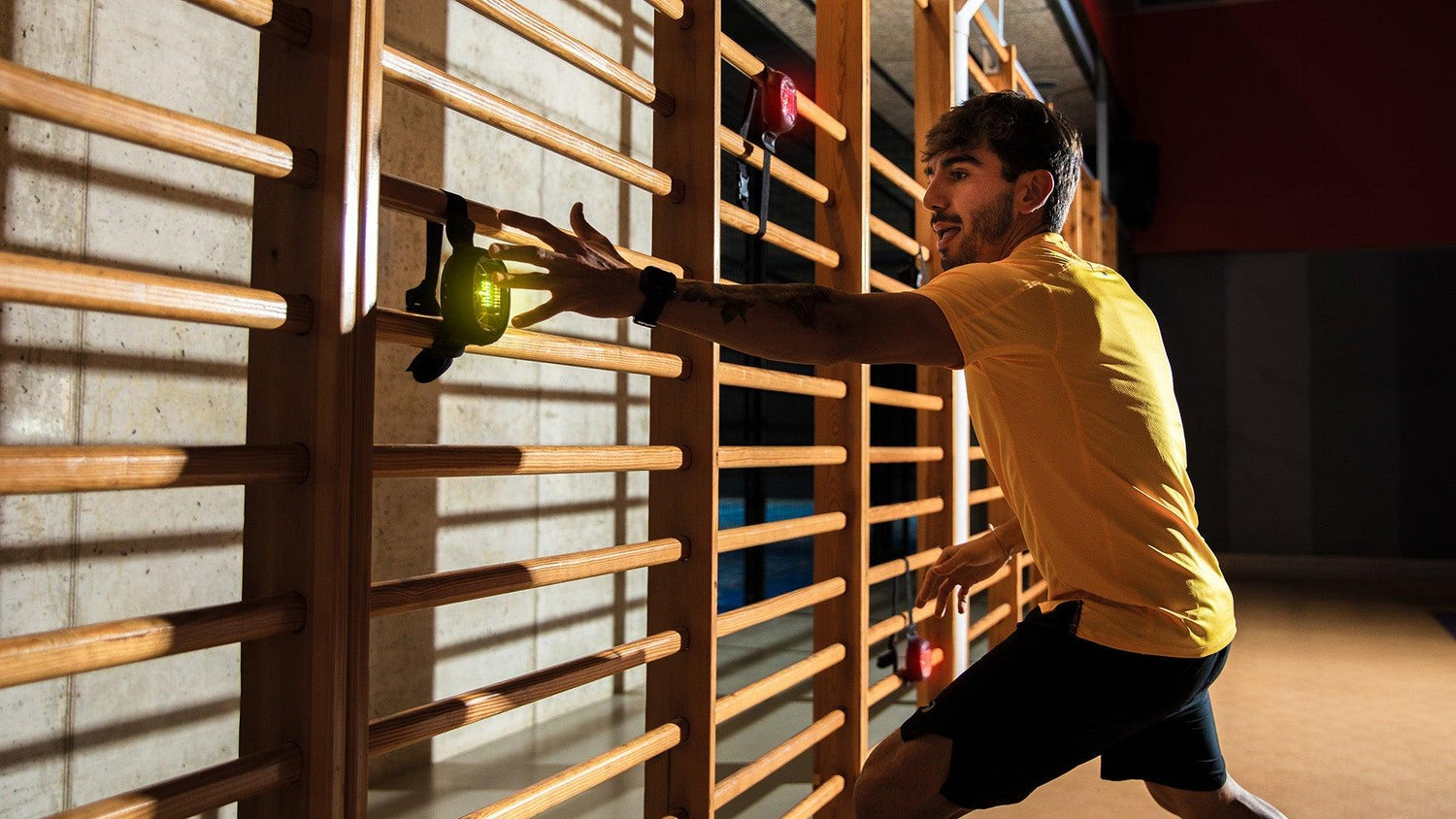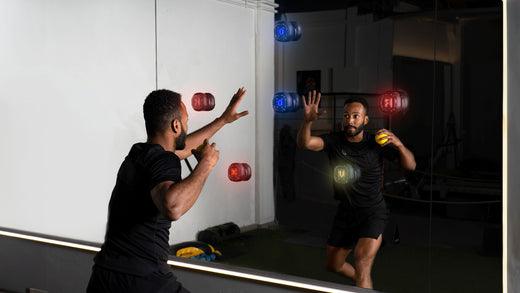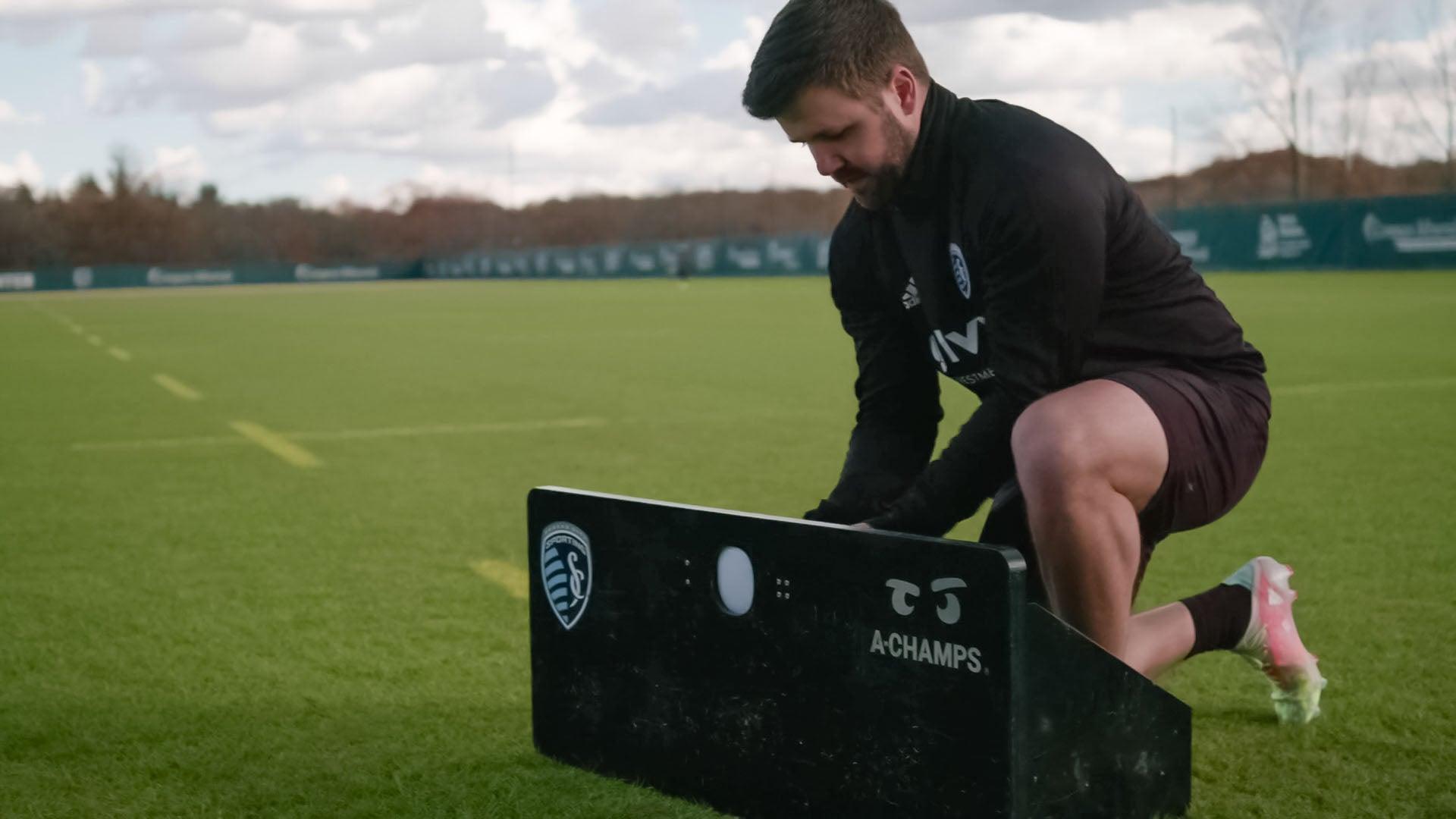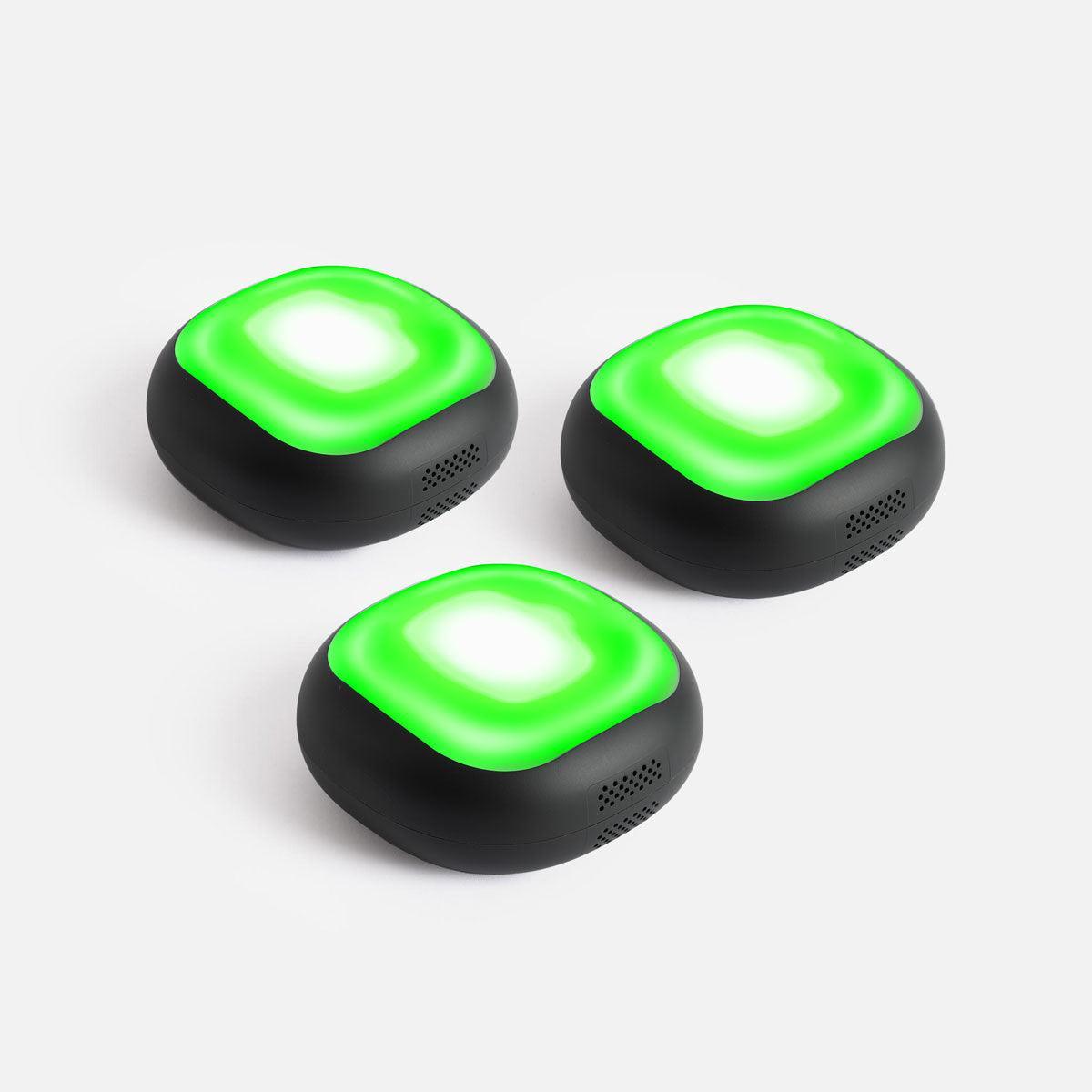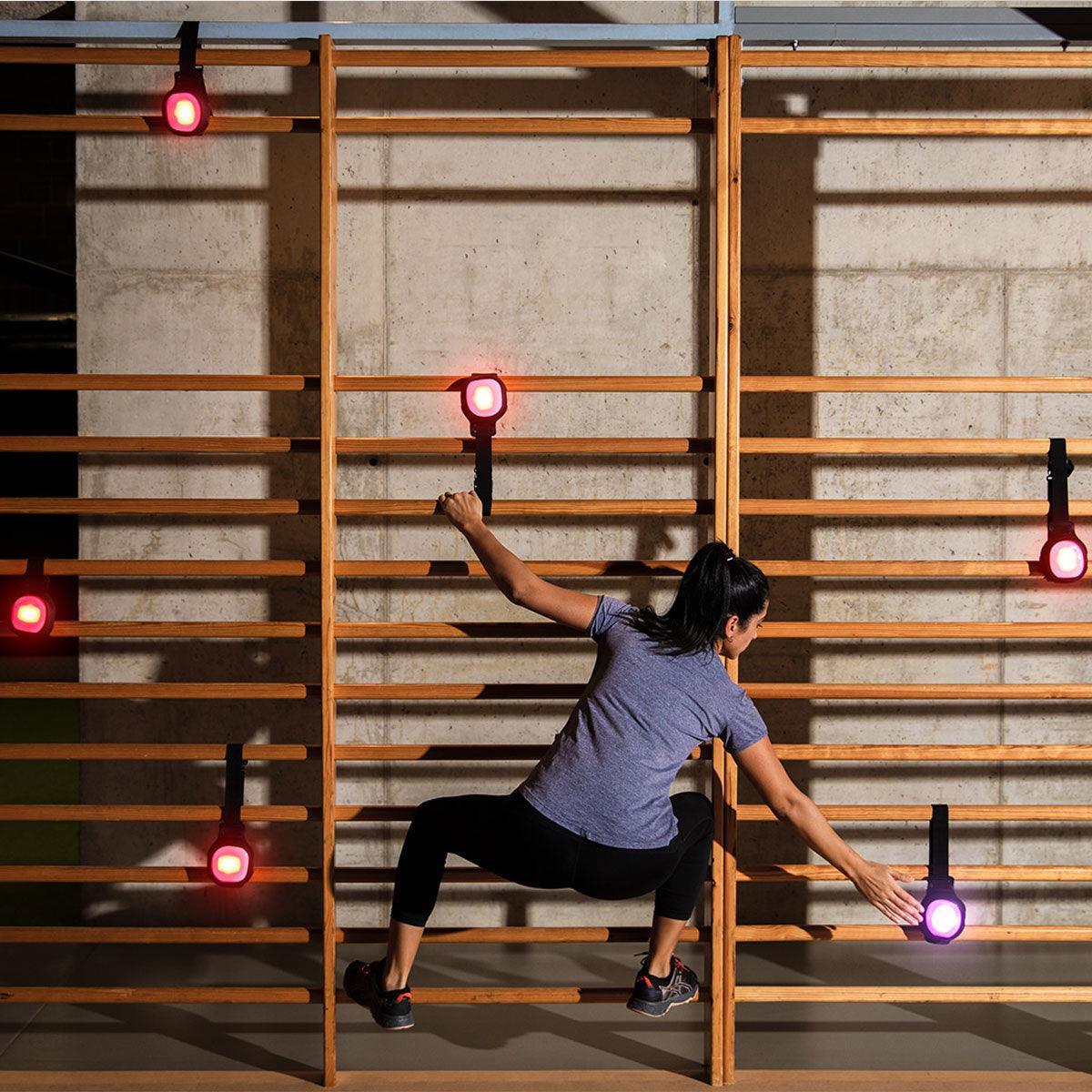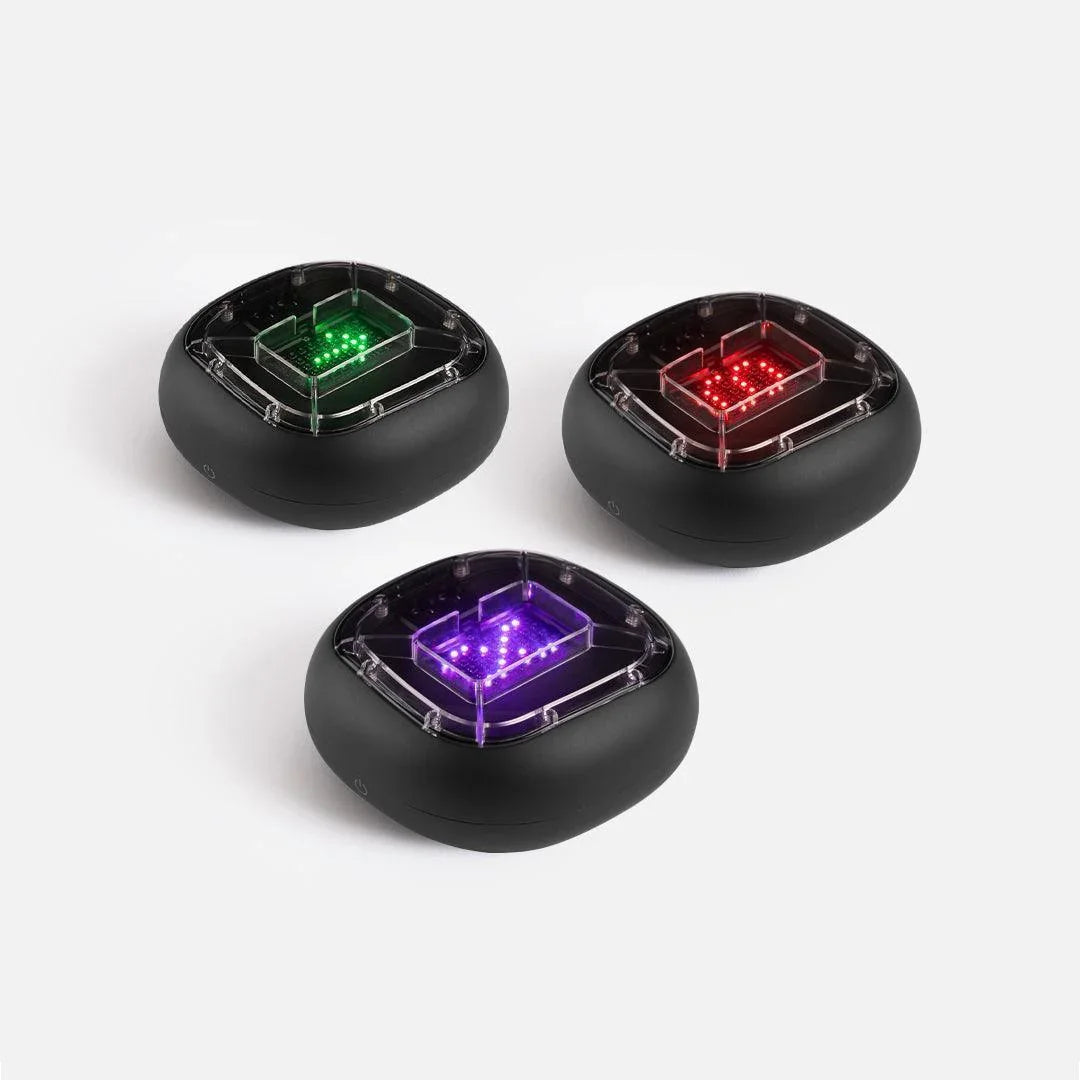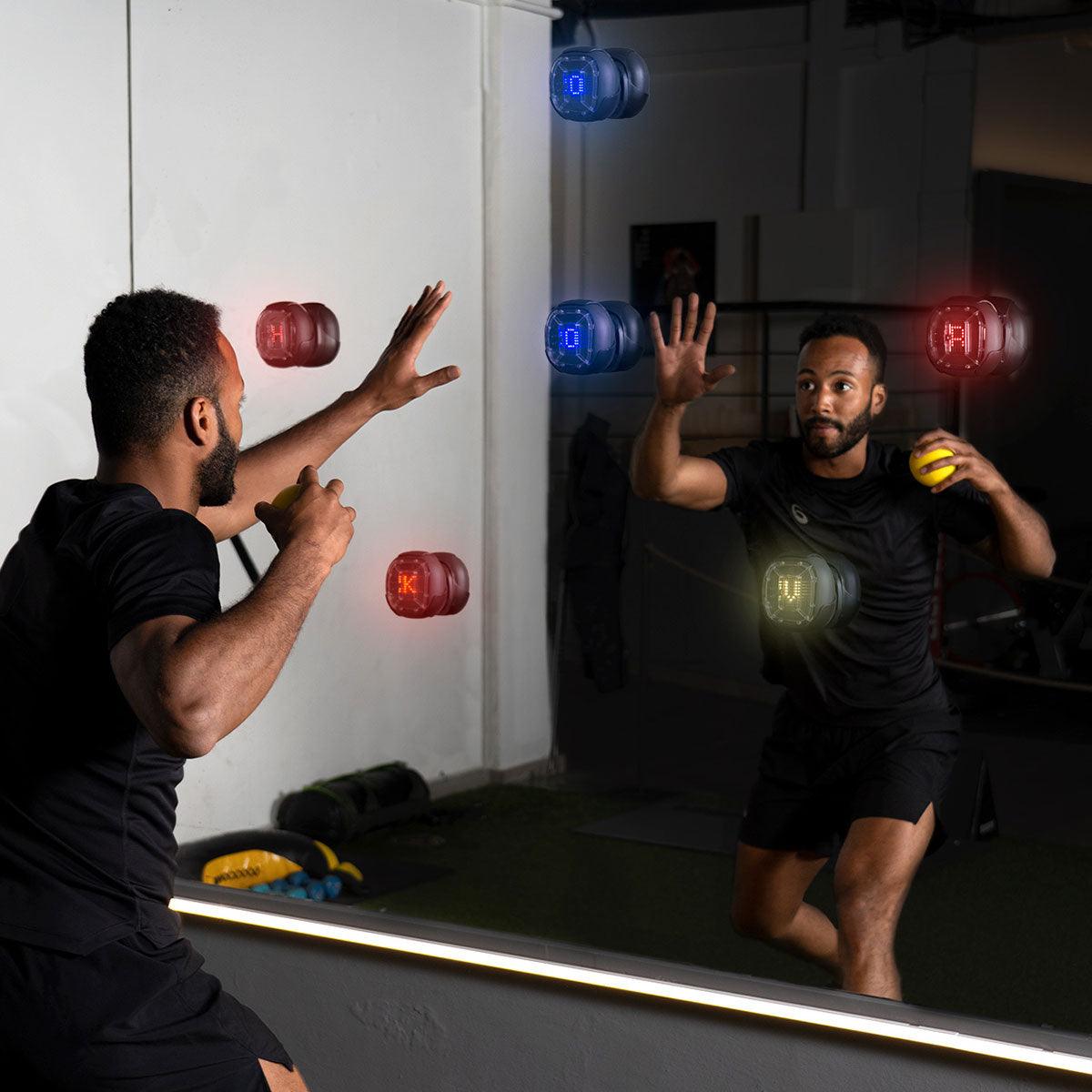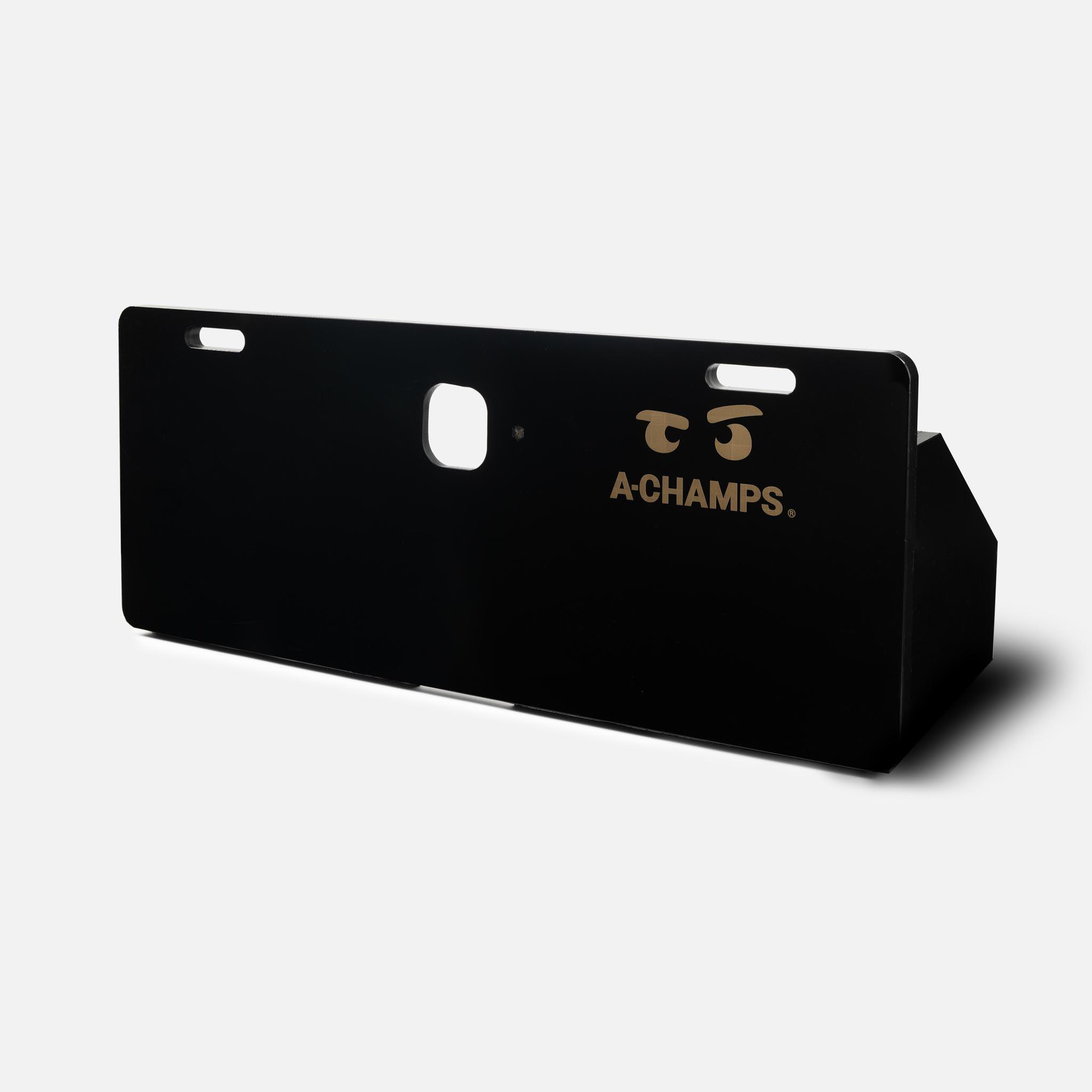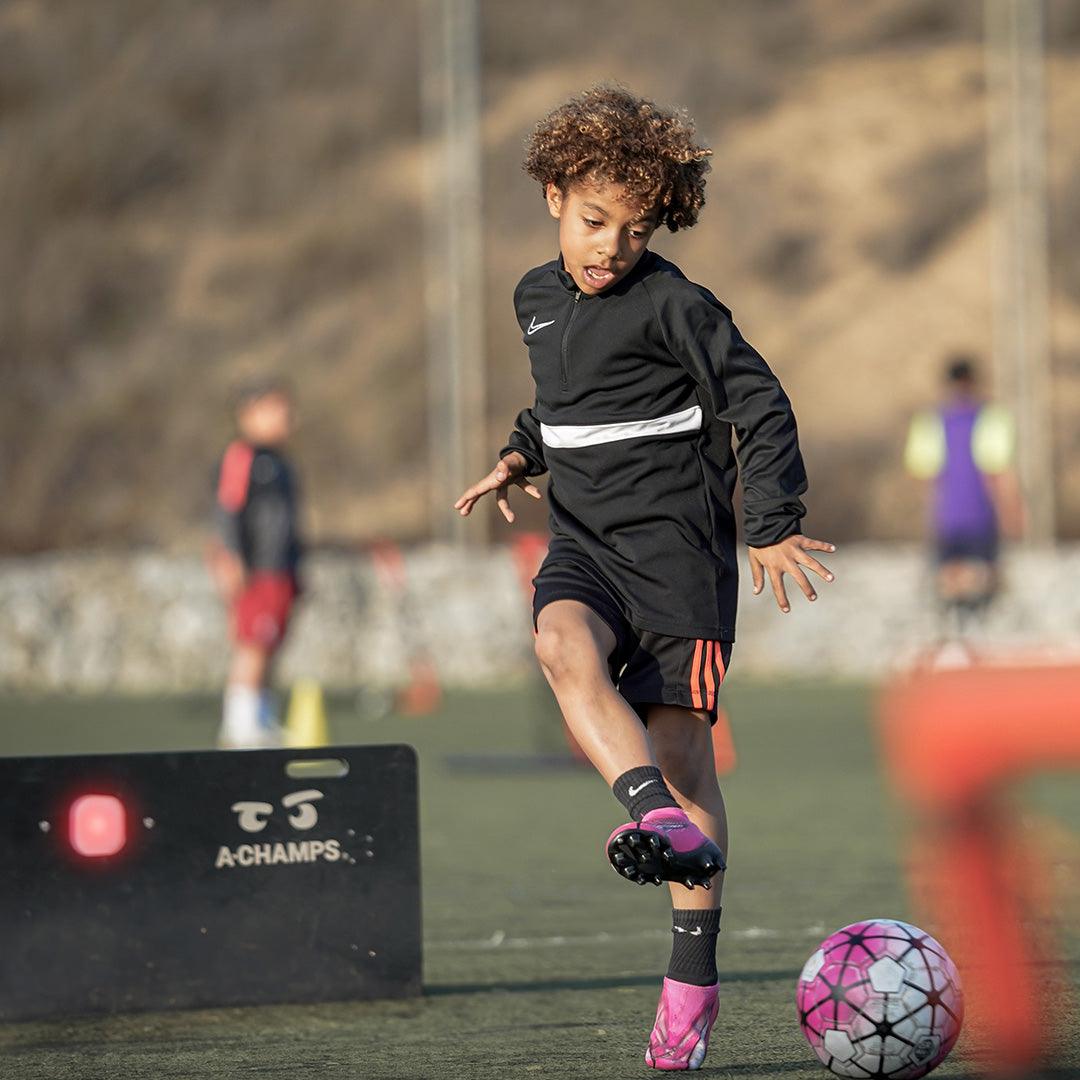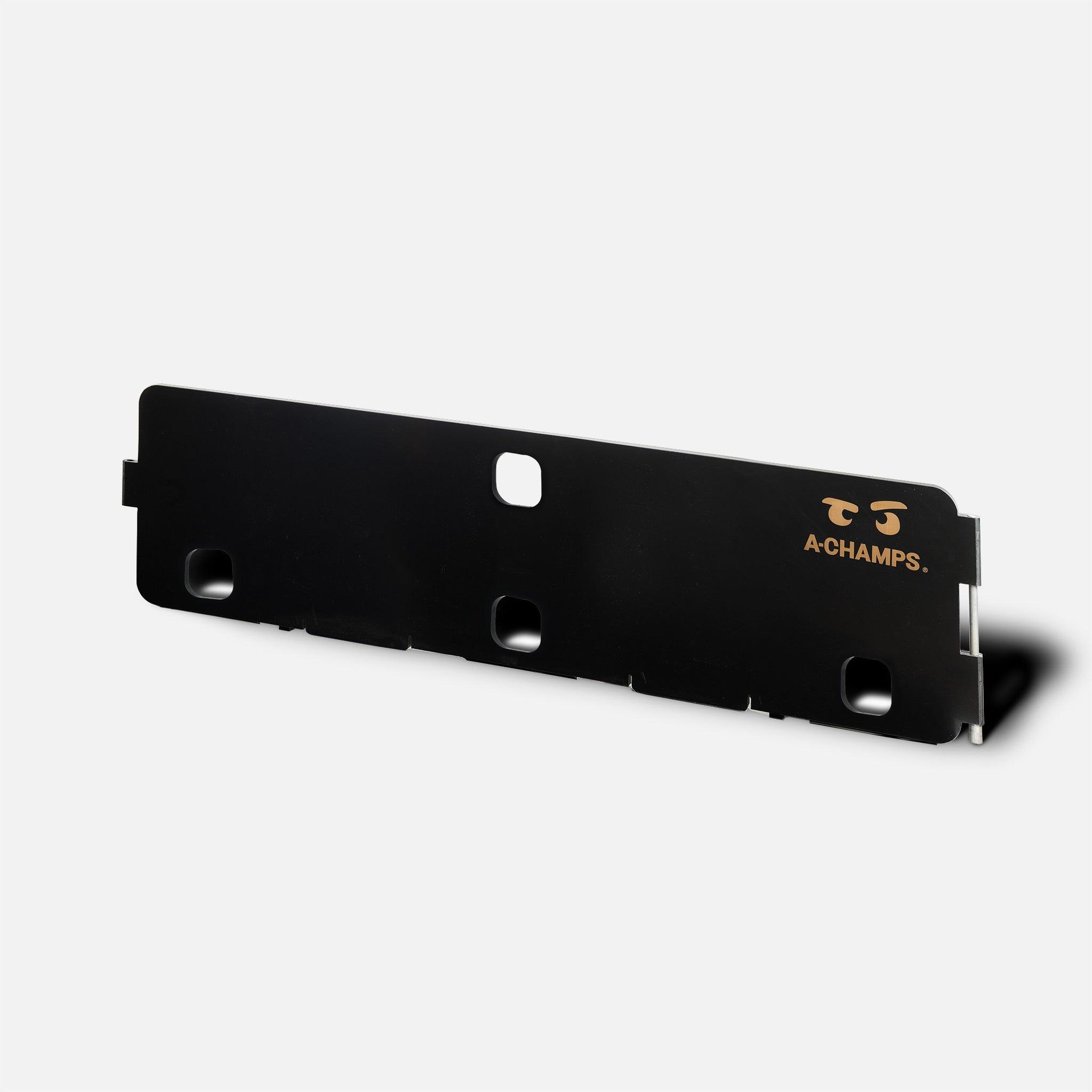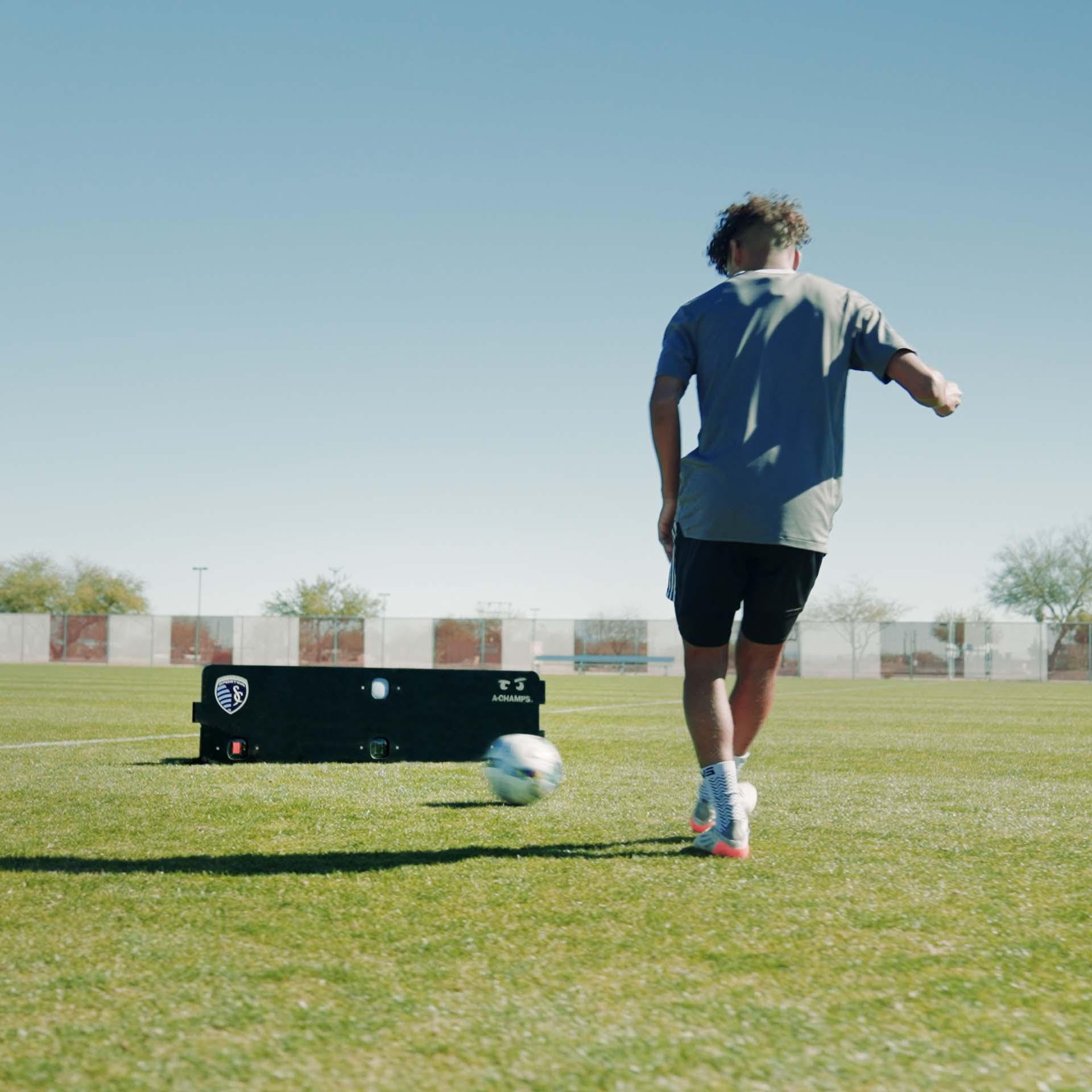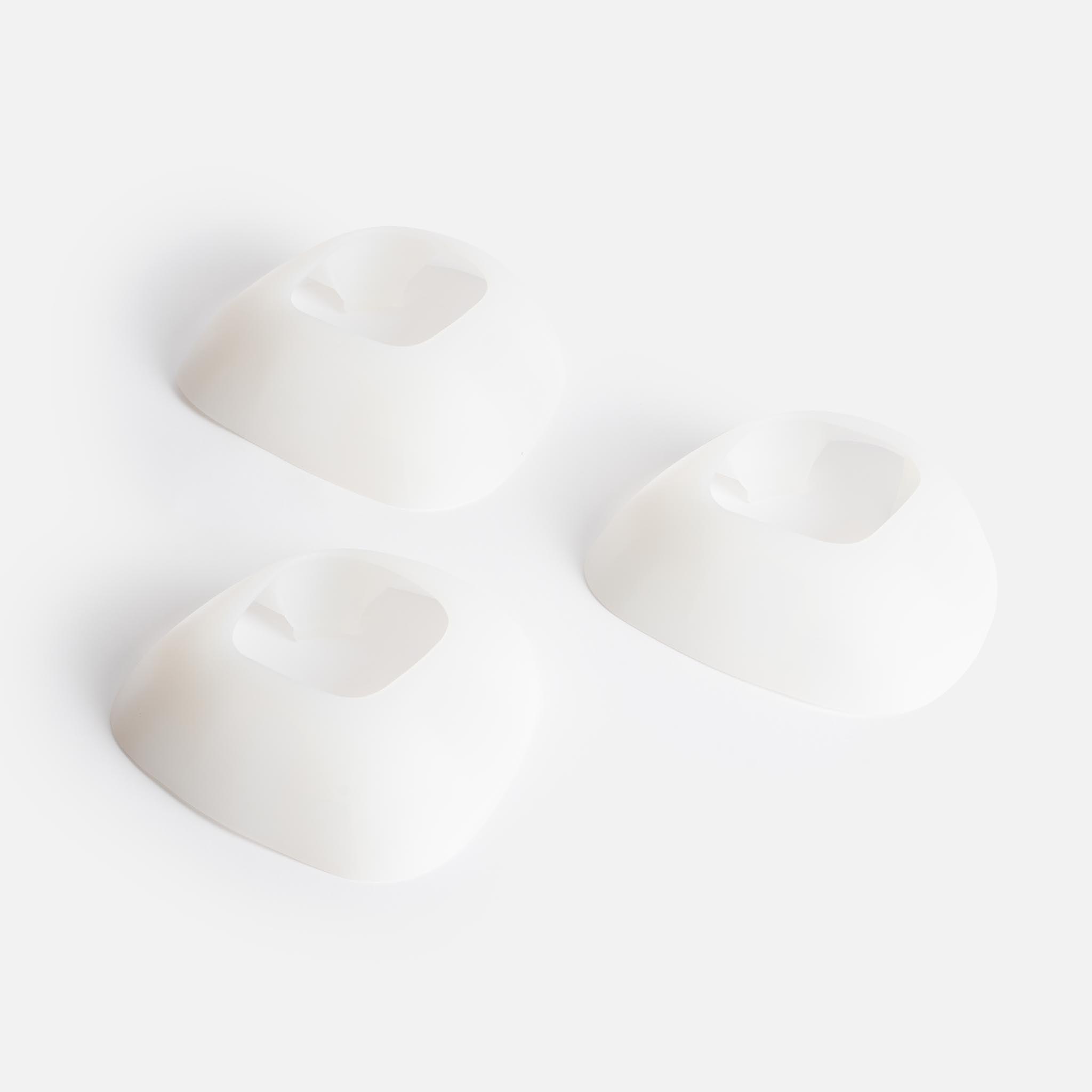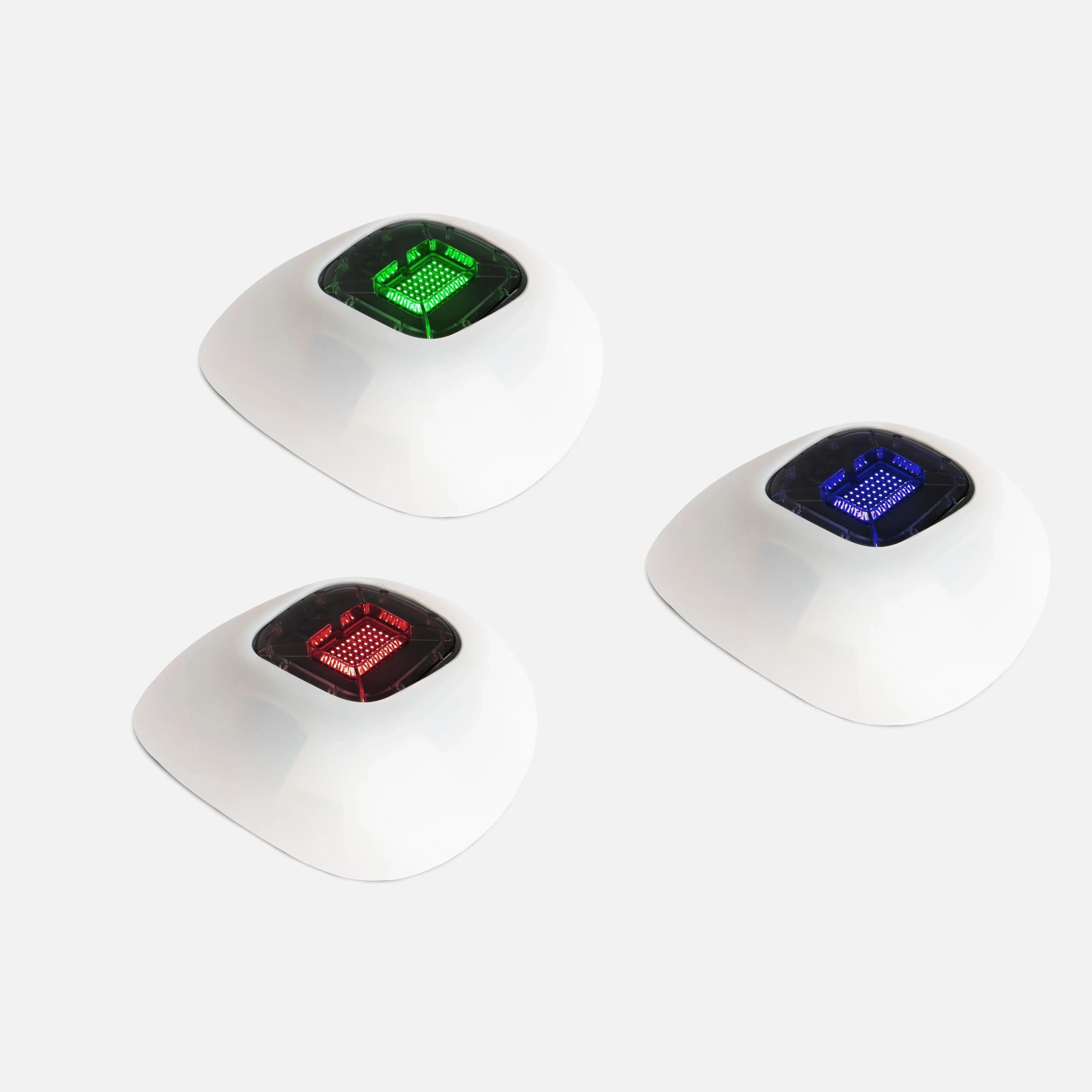Reaction time is an essential skill for both athletes and everyday life. Whether you’re catching a tennis ball, defending a goal, or reacting to traffic, quick reflexes matter. A faster reaction time helps you perform better, stay safe, and stay sharp. If you’ve ever wondered how to improve reaction time, this guide breaks it down into simple, proven steps.
What Is Reaction Time in Physical Fitness?
Reaction time is the time it takes for your body to respond to a signal. It shows how well your brain and muscles work together. According to ACE Fitness, it depends on how efficiently your brain process communicates with your muscles. The faster that happens, the quicker you move.
Research from ScienceDirect shows that improving processing speed boosts coordination, precision, and confidence. Training your mind and body together helps you react faster both in sports and daily life.
Simple Activities to Improve Reaction Time
Here are easy ways to train your mind and body for better reactions:
- Cognitive exercises: Try brain games, puzzles, or memory challenges. These build focus and processing speed. Use smart tools like ROXPro to combine mental and physical training.
- Light drills: Use the ROXPro App or ROX to react to random light signals. These drills teach your body to respond to a stimulus with speed and control.
- Balance work: Stand on one leg or use a wobble board while responding to sounds or lights. This improves hand-eye coordination and balance.
- Agility training: Ladder runs, cone drills, and quick-foot work help develop reaction time in sports that require fast movement changes.
5 Best Exercises for Quick Reaction Time
-
Wall Ball Catch
Throw a tennis ball against a wall and catch it as it bounces back. Switch hands often. This simple drill improves hand-eye coordination and quick reaction time. -
Light Cue Drills
Train with ROXProX or ROXPro. React to random light cues by tapping, stepping, or throwing fast. These reaction time exercises strengthen your processing speed and accuracy. -
Partner Drop Drill
Ask a partner to drop a ruler or ball. Catch it before it hits the ground. It’s a fun way to test focus and response time. -
Juggling
Juggle two or three balls. This improves vision, rhythm, and focus—key skills for faster reaction speed. -
Dual Task Balance Drill
Stand on one leg while responding to light or sound cues. It teaches your brain and body to react together for smoother reaction training.
Drills to Increase Reaction Time and Speed
For good reaction times, train both the mind and body. Use ROXPro sessions to connect brain process and muscle activity. These drills to increase reaction time help you react faster and make better decisions in pressure situations.
Tools like ROX enhance reaction time in sports like soccer, basketball, or martial arts. Check out the best soccer training equipment for developing agility and precision.
Key Factors That Affect Reaction Time
Several factors influence reaction time:
- Age: Reaction time may slow as you age, but consistent training maintains processing speed.
- Sleep: Poor sleep reduces focus and slows response time.
- Nutrition: Eating well supports brain health and energy.
- Stress: High stress affects your ability to move and decide quickly.
Smart Training for Better Reaction Time
A-Champs creates smart training tools like ROXPro and ROX. These combine light, sound, and vibration to make training fun and interactive. They help you improve processing speed, coordination, and confidence with every session.
Learn how reaction training builds agility, balance, and faster movement in both sports and daily life.
FAQs
How can I get a faster reaction time?
Try short, focused ROXPro workouts. They engage both brain and body to create quicker reactions.
Do reaction time exercises help in daily life?
Yes. Better reaction speed helps you move safely, stay alert, and perform tasks with confidence.
What’s the difference between reaction time and reflexes?
Reflexes are automatic. Reaction time involves recognizing and responding to a stimulus. You can train and improve it through practice.


